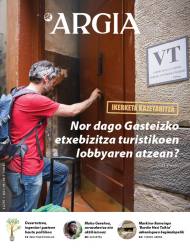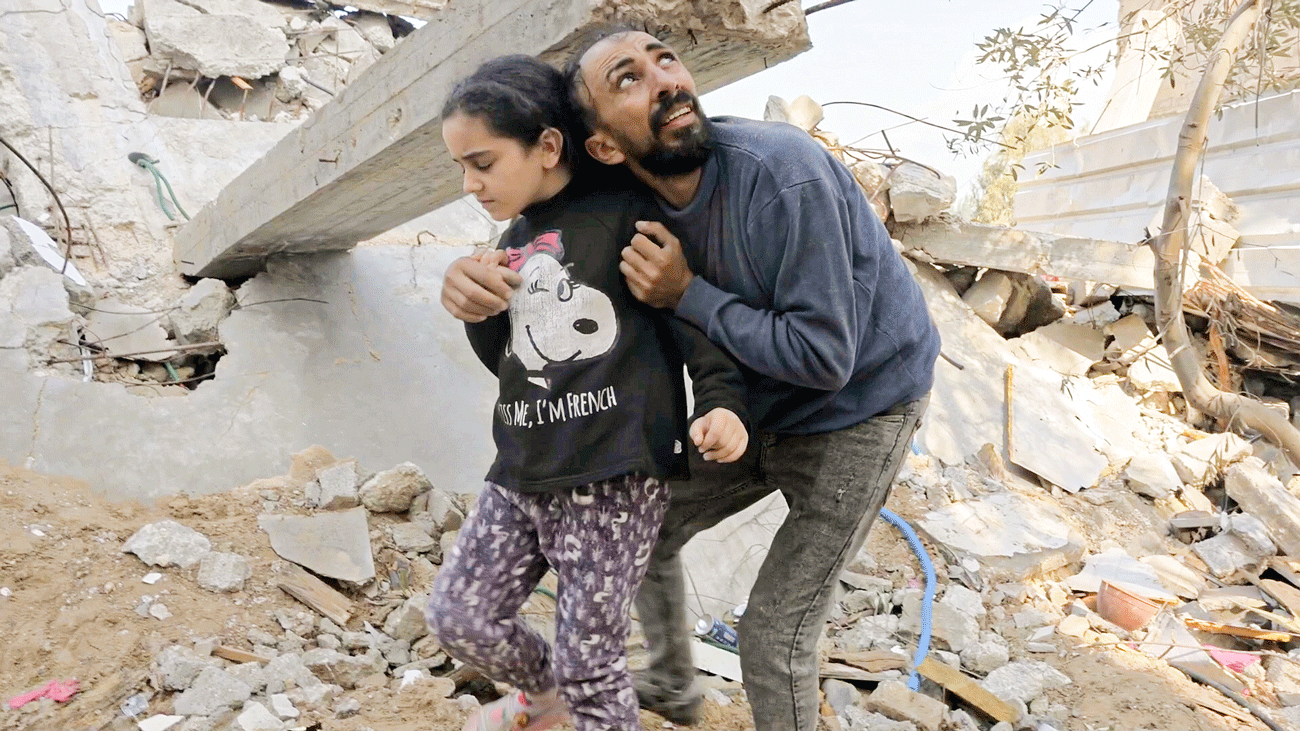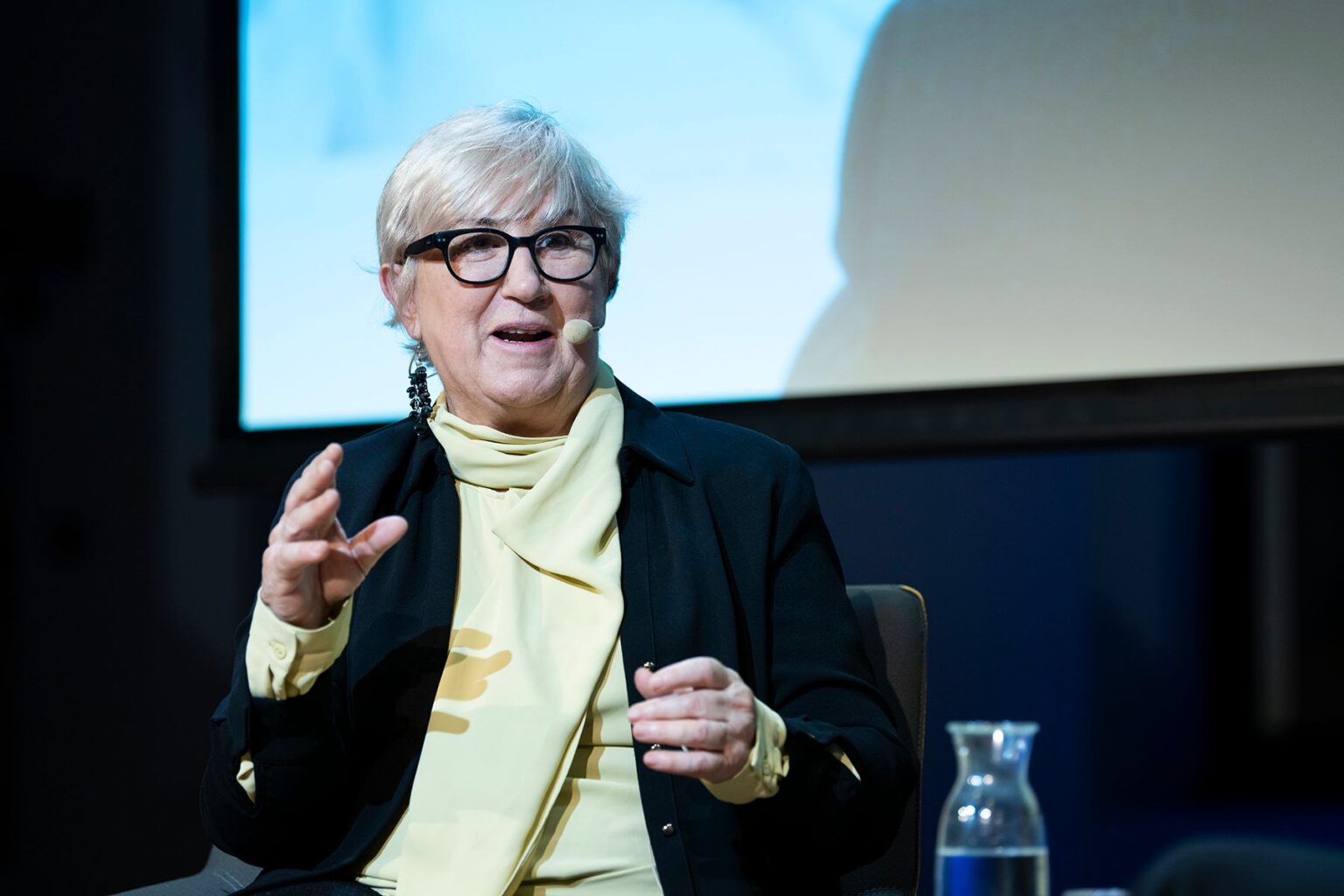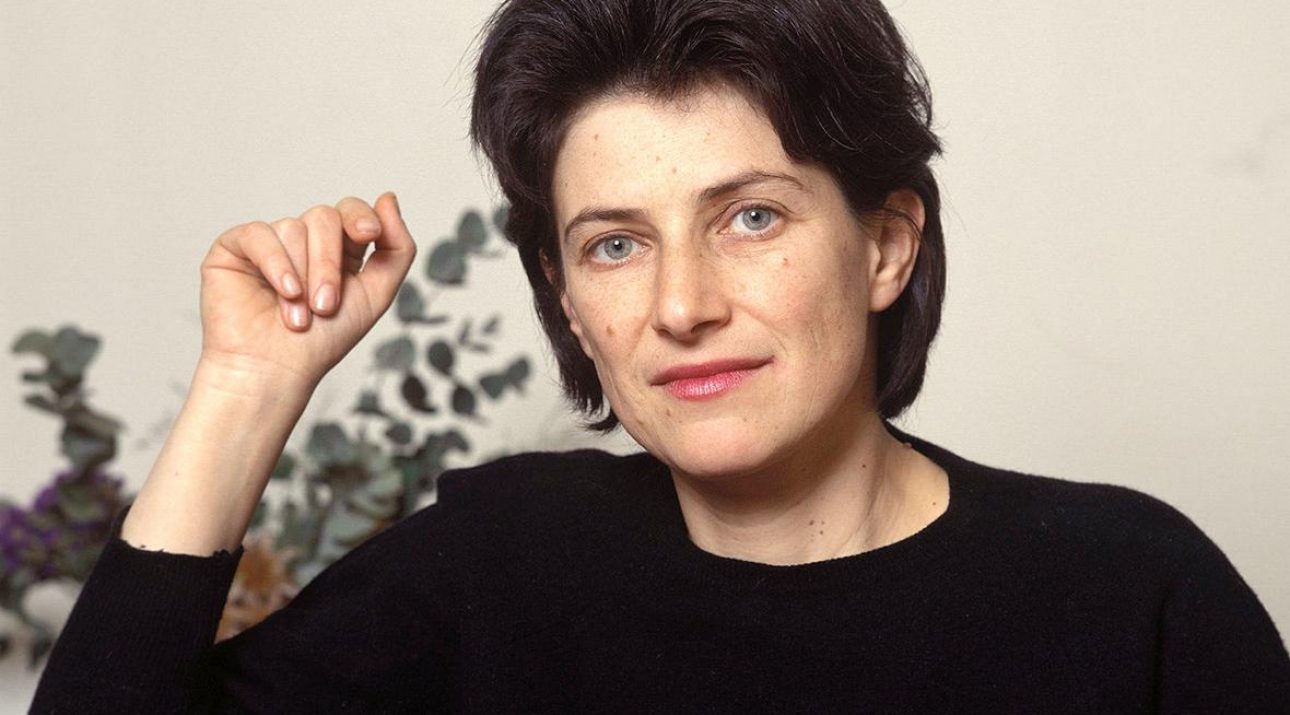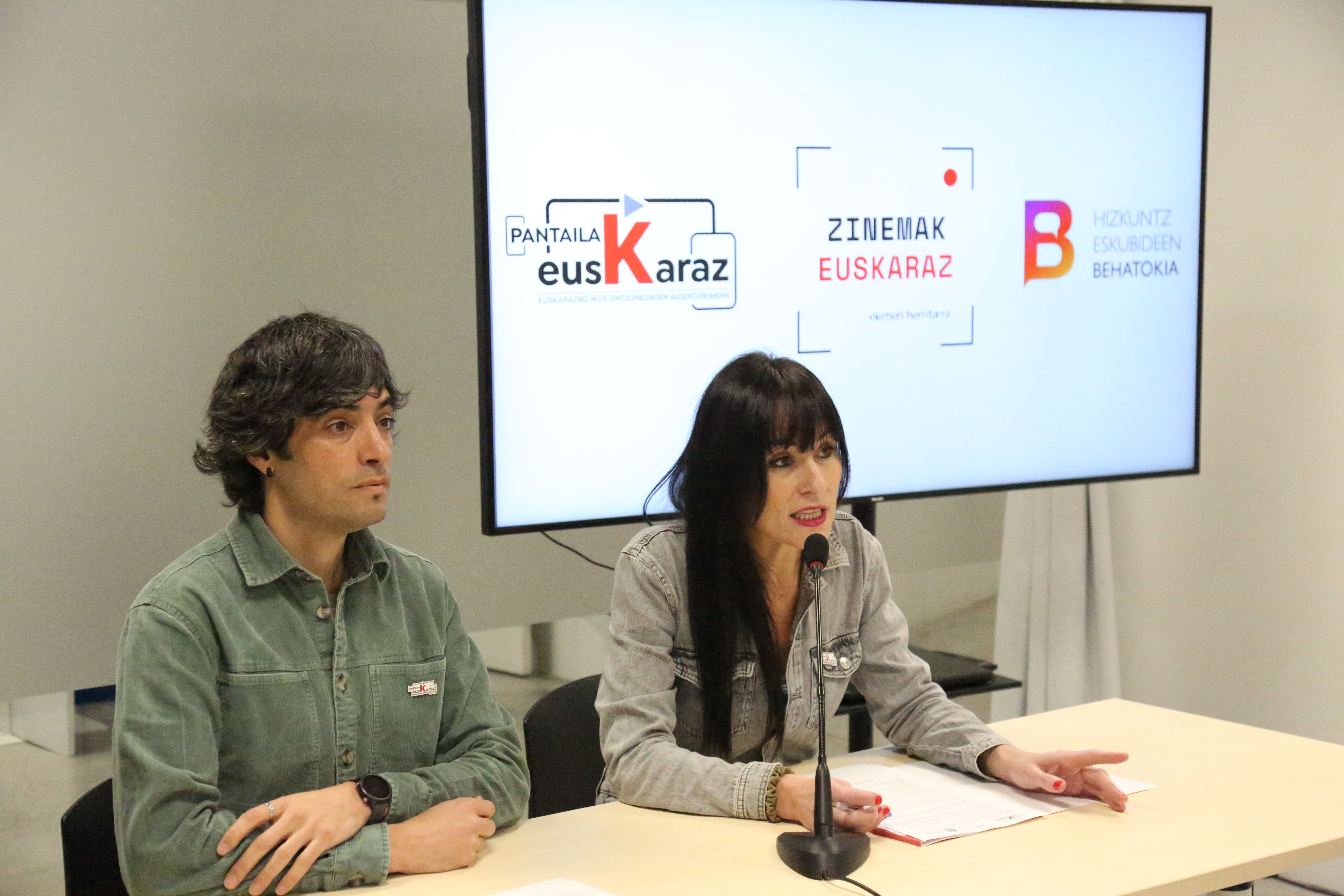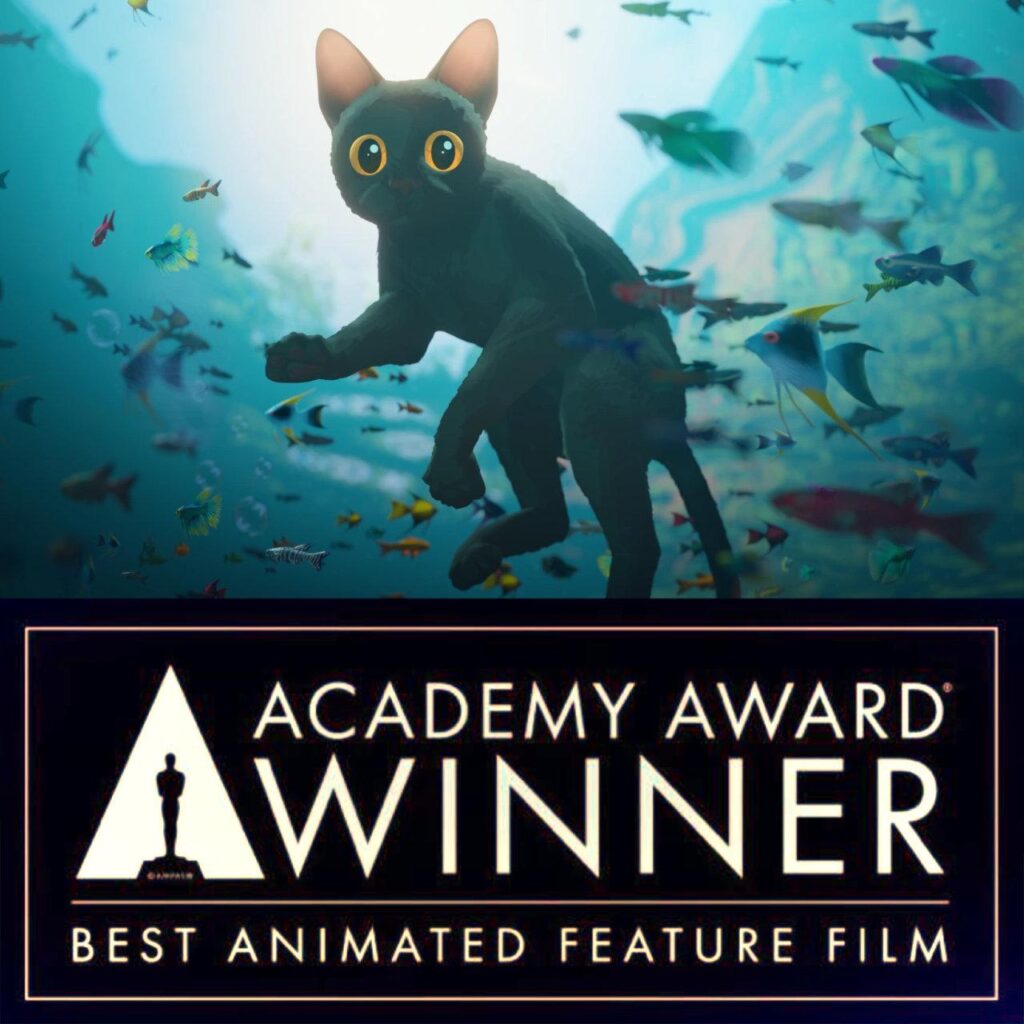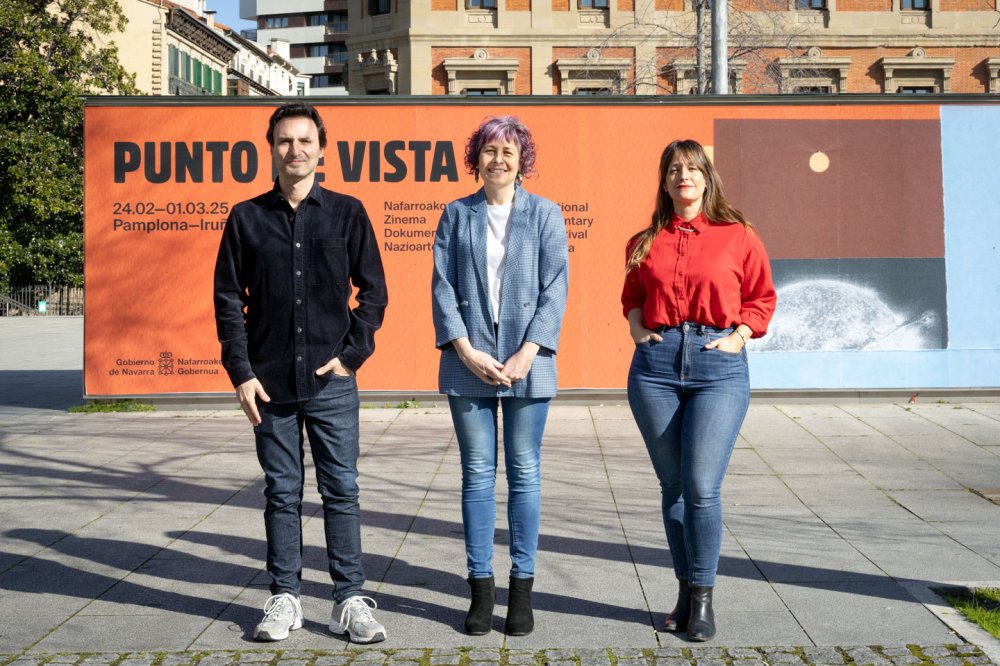Brief and extensive
- Recently, the deadline for submission of papers to the Kimuak 2021 program has ended. The directors and producers of the CAPV have had until 24 May to send works under 30 minutes. Like every year, the Best Short Films catalog in the Basque Country will select seven short films to complete this year’s program.

In 2014, the Basque Film Library organized a conference on Basque film in the framework of the UPV/EHU Summer Courses. Cine Vasco: It was presented under the name of three generations of filmmakers, who for three days approached the keys of cinema until then. The generations highlighted by the Congress were thus divided: on the one hand, those that started making films in Euskal Herria (Imanol Uribe, Montxo Armendariz, Ana Díez and many more); on the other, those that came in the late 1980s (Altjuanma Bajo Ulloa, Helena Taberna, Julio Medem); and, on the other It is this generation that has developed the work together with the Kimuak project, which has grown together. However, the programme that is to complete catalog 23 is gradually discovering the footprint of the new generations.
Kimuak started work in 1998. Concerned about the distribution of short films in the Basque Country, José Luis Rebordinos, current director of the San Sebastian Film Festival, promoted the initiative based on global experiences that knew about the initiative. Although in the early years it was difficult to stabilize the Kimuak programme, each year the selected works have been moved to international festivals. In addition, it has become a reference catalog thanks to the efforts of Txema Muñoz and Esther Cabero. The main requirement for enrolling in the project is that the director or producer of the short film be registered with the CAPV. From then on, each one will be able to send as many jobs as they want. After more than 60 works, a film commission convened for this purpose makes the selection. After selection, spring outbreaks begin to spread to the world.
The project has some peculiarities. Firstly, that it is a non-profit initiative; that is, the rental of prizes, deliveries and copies or the money obtained from sales to distributors and television are given to the authors themselves. This is the key to not having a Roadmap Prize: the principle of equality. Selected short films, whether awarded or not, receive the same treatment in terms of time and offer. In this way, the work often done by private and interested companies opens up the possibility that the film that has been made here has a long history.
It is the most striking focus on short films. It is not customary to offer short films, especially in commercial theatres. The most important generations remember how Saturday’s film screenings always offered a short and long time. This format is also held at festivals, as well as in the cineclub programs. But not in the movies that we've consumed the most. We are accustomed to moving fictions that last more than an hour and a half and often leave no room to think. What the shorts have is that, despite leaving them wanting more, they are sent as roundness. A good short film can, of course, suggest something that it can convey openly. Joseba Sarrionandia, recently translated into the Basque Country, said: “Why the Tipis? Because those who like to look for typicity like the pleasure of the search, or because the author is a lazy for a lot of work, or because he does not commit himself for a long time with fear that tomorrow the work will be lost, or because it is locked up as secretly as in the typical things”. In this sense, the short metrajist can be considered a storyteller. Kimuak has a mission to tell these secrets to the world.
In many cases, the short films show the most freshness, tendency to experimentation or the first steps of the new filmmakers.
There are many prejudices about short film. There are also some issues that are true. It is often associated with scarcity of resources or lack of capacity. It is true that in time and on offer it is easier to produce an amateur short than a feature film. Fewer days of shooting, between friends and in exchange for pinchos, favors everywhere and loan of university material. And who hasn't made video for the short films contest of the neighborhood parties? These are things that can be done without money. Beyond that, there are those who dedicate it to their time: the hobby or the trade. Many filmmakers, even after making feature films, want to keep doing short films. And it's not about linking professionalism to amateurism: there are different ways to make short films. It is possible to work with a team of technicians, receive subsidies, create dignified or semi-dignified salaries and consider them as a trade. On the contrary, industry does not help too much. Sometimes, it seems that the only way to recover the money provided is to get a prize, which seriously damages this type of production.
Whoever thinks it is the way to make the feature film I would put in front of his eyes more than 564 meters from Maddi Barber (2018), Do not waste me from Sara Fantova (2018), I no longer sleep from Marina Palacio (2020) or Coplas de Always on the eve of Ageda Taldea (2016). All of them are short films selected in different editions of Kimuak, as well as works that have contributed to the Basque film in its theme and treatment. Barber was able to master for 24 minutes the physical and psychic effects left by the Itoiz reservoir, where remains of the reservoir construction are preserved. Fantova portrayed the cracks of the postETA era from the eyes of an adolescent deciding to break taboos. Palacio brought a family movie last year to the catalog, expanding the meanings of vampires and ghosts in metazineman. Starting with Maialen Lujanbio’s coplas, the Ageda Kopla Group developed a fine collective animation work, thus visually representing the sharp words of bertsolari.
In the light of these latest works, the Basque cinema could speak of the new generations of the world. There are directors and films that are doing it, we see it at film festivals, screenings or round tables. We have to see what the consumption of short films, Kimuak's selection criteria, or the industry's assimilation will be like. In many cases, the short films show the most freshness, tendency to experimentation or the first steps of the new filmmakers. Perhaps feature films should focus on short films in search of inspiration, which would give new weight to the production of shorts. Who knows? This year’s Kimuak catalogue will be released during the first half of June, and we will see the challenges facing the project. In the meantime, he receives a cordial, brief and extensive greeting.
No other land dokumentalaren zuzendari Hamdan Ballal kolono sionistek jipoitu zuten astelehenean bere herrian, beste hainbat palestinarrekin batera, eta Israelgo militarrek eraman zuten atxilo ondoren. Astarte goizean askatu dute.
Donostiako Tabakaleran, beste urte batez, hitza eta irudia elkar nahasi eta lotu dituzte Zinea eta literatura jardunaldietan. Aurten, Chantal Akerman zinegile belgikarraren obra izan dute aztergai; haren film bana hautatu eta aztertu dute Itxaro Bordak, Karmele Jaiok eta Danele... [+]
35 film aurkeztu dira lehiaketara eta zortzi aukeratu dituzte ikusgai egoteko Euskal Herriko 51 udalerritan. Euskarazko lanak egiten dituzten sortzaileak eta haiek ekoitzitako film laburrak ezagutaraztea da helburua. Taupa mugimenduak antolatzen du ekimena.
Pantailak Euskarazek eta Hizkuntz Eskubideen Behatokiak aurkeztu dituzte datu "kezkagarriak". Euskaraz eskaini diren estreinaldi kopurua ez dela %1,6ra iritsi ondorioztatu dute. Erakunde publikoei eskatu diete "herritar guztien hizkuntza eskubideak" zinemetan ere... [+]
Geroz eta ekoizpen gehiagok baliatzen dituzte teknologia berriak, izan plano orokor eta jendetsuak figurante bidez egitea aurrezteko, izan efektu bereziak are azkarrago egiteko. Azken urtean, dena den, Euskal Herriko zine-aretoak gehien bete dituztenetako bi pelikulek adimen... [+]
Otsailaren 24tik eta martxoaren 1era bitartean, astebetez 60 lan proiektatuko dituzte Punto de Vista zinema dokumentalaren jaialdian. Hamar film luze eta zazpi labur lehiatuko dira Sail Ofizialean; tartean mundu mailako lau estreinaldi eta Maddi Barber eta Marina Lameiro... [+]
A conference for architects has just been held in Madrid to discuss the crisis of the professional architect. They have distinguished the traditional and contemporary way of being an architect. What is traditional? From the epic architect who appears in The Brutalist, where... [+]









